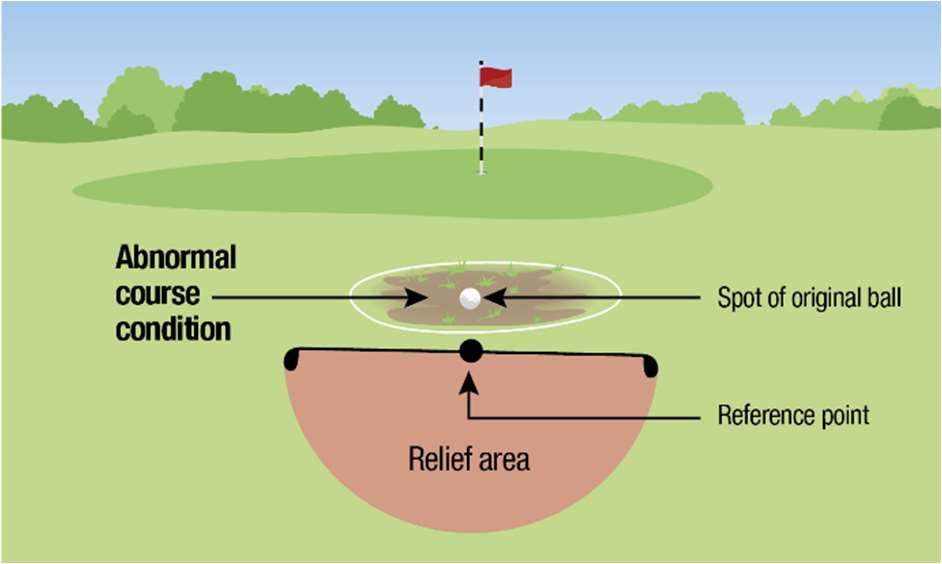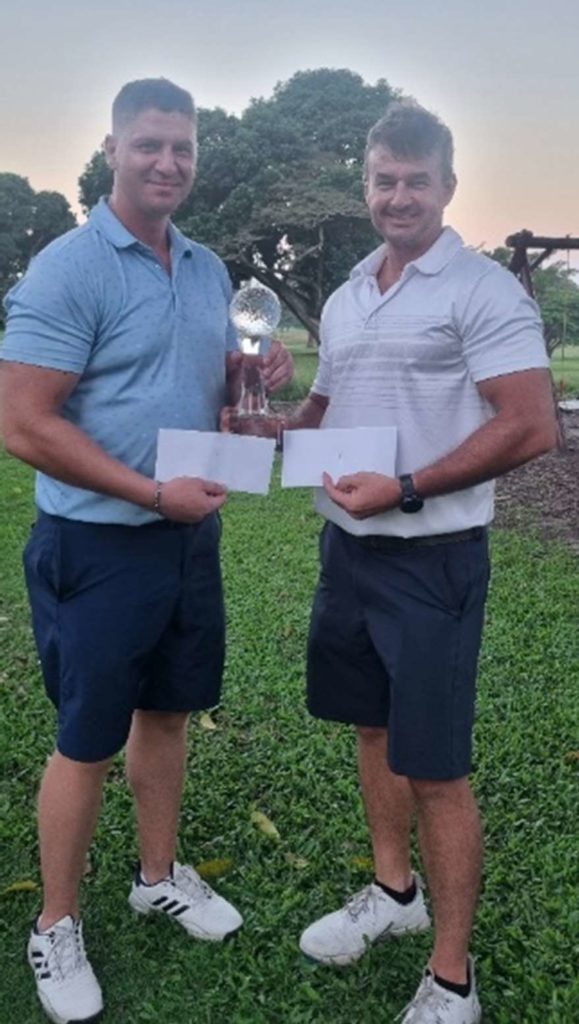The relief area is one club-length from the reference point, is not nearer to the hole than the reference point and must be in the general area.
When taking relief, the player must take complete relief from all interference by the abnormal course condition.
Mulched Areas defined as Abnormal Course Condition
Hole 8: The drinking fountain near the cart path.
Hole 10: The rough area left of the fairway (100 meters out).
Hole 12: The drinking fountain area.
Hole 13: The palm tree just past the bunker right of the green.
Hole 14: The palm tree area near the cart path fork (between the 10th and 14th holes).
Hole 14: Right of the fairway, approximately 130 meters out.
Hole 15: The Hole-in-One sign and bench area.
Designated Garden Areas defined as Abnormal Course Condition
Hole 10: Garden right of the green.
Hole 16: Three gardens behind the green (two small and one main garden with a large tree).
Hole 18: Lett of the fairway, approximately 150 meters from the green, near the road.
These updates aim to improve course playability and reduce uncertainty in applying the rules of golf. Players are encouraged to familiarise themselves with the designated garden and mulch areas as well as the procedures for relief.
Should any disputes arise between players and/or markers, please note that the Rules do not allow players the right to decide Rules issues by agreement and and any such agreement you may reach is not binding on any player, a referee or the Handicap and Tournament Committee. You should raise any Rules issues with the Handicap and Tournament Committee before returning your scorecard.
Playing Two Balls (only applicable in strokeplay). If you are uncertain about the right procedure while playing a hole, you may complete the hole with two balls without penalty:
- You must decide to play two balls aer the uncertain situation arises and before making a stroke.
- You should choose which ball will count if the Rules allow the procedure used for that ball, by announcing that choice to your marker or to another player before making a stroke.
- If you do not choose in time, the ball played first is treated as the ball chosen by default.
You must report the facts of the situation to the Handicap and Tournament Committee before returning
your scorecard, even if you score the same with both balls. You are disqualified if you fail to do so. For more information on playing two balls in stroke play, including how the Handicap and Tournament Committee will determine your score for the hole, see Rule 20.1c.




